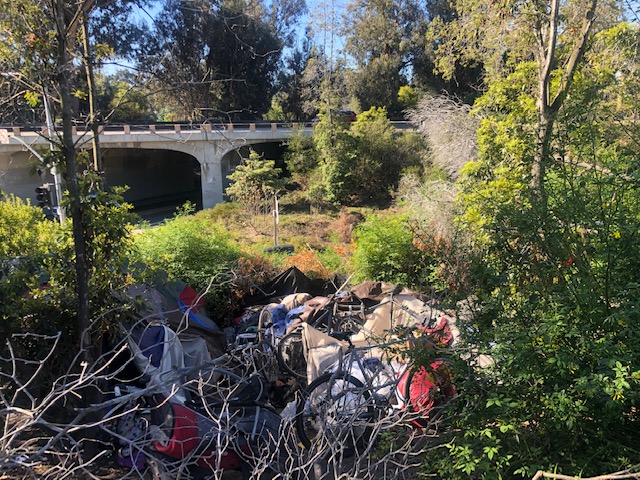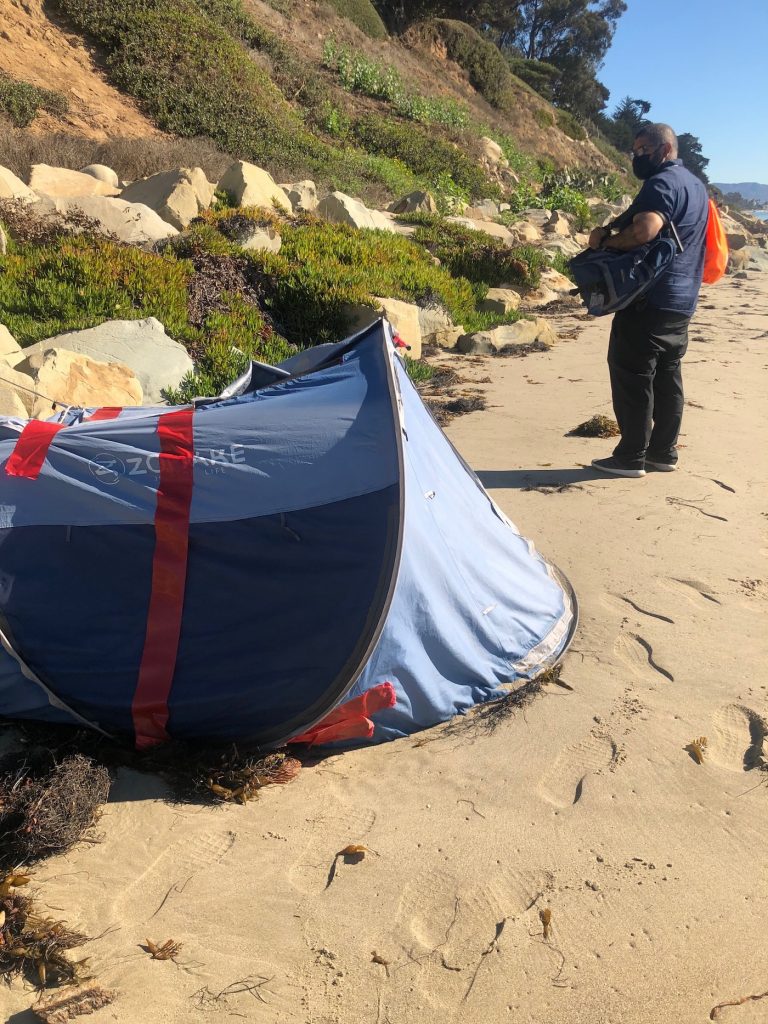The Montecito Association: 73 Years Old, Still Fighting Tirelessly, and Standing with YOU
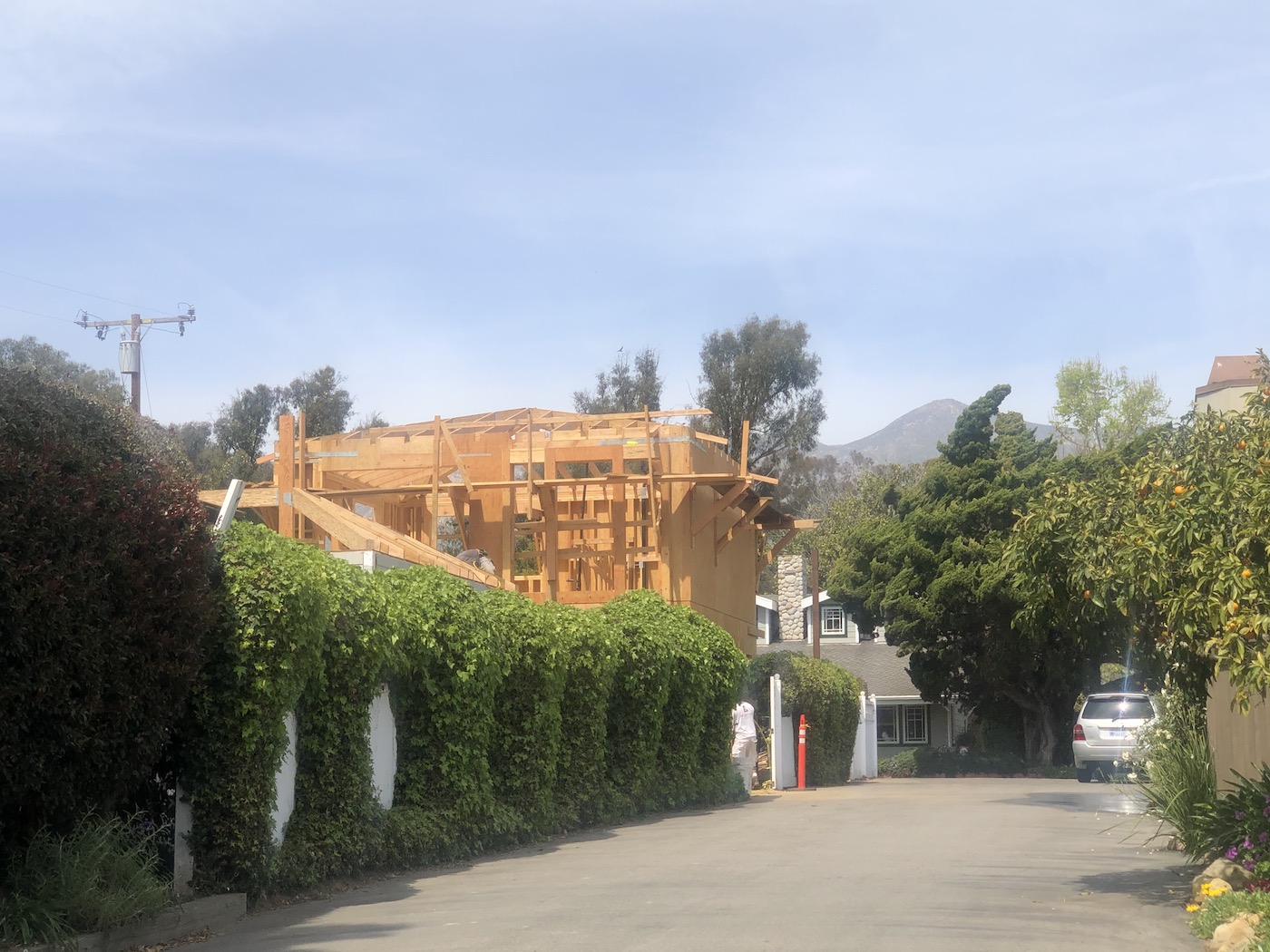
I came to the Montecito Association in September of 2018, brought over from the Coast Village Association by then-president Charlene Nagel. The Montecito community was hard hit by the first giga-fire in California – Thomas — and resultant Debris Flow. I had disaster recovery experience, from finding my missing parents in the aftermath of Hurricane Maria in Puerto Rico, and enormous recovery efforts on Coast Village Road. I had no idea emails I was sending to the Coast Village Association on disaster recovery efforts were being shared widely among the devastated community of Montecito.
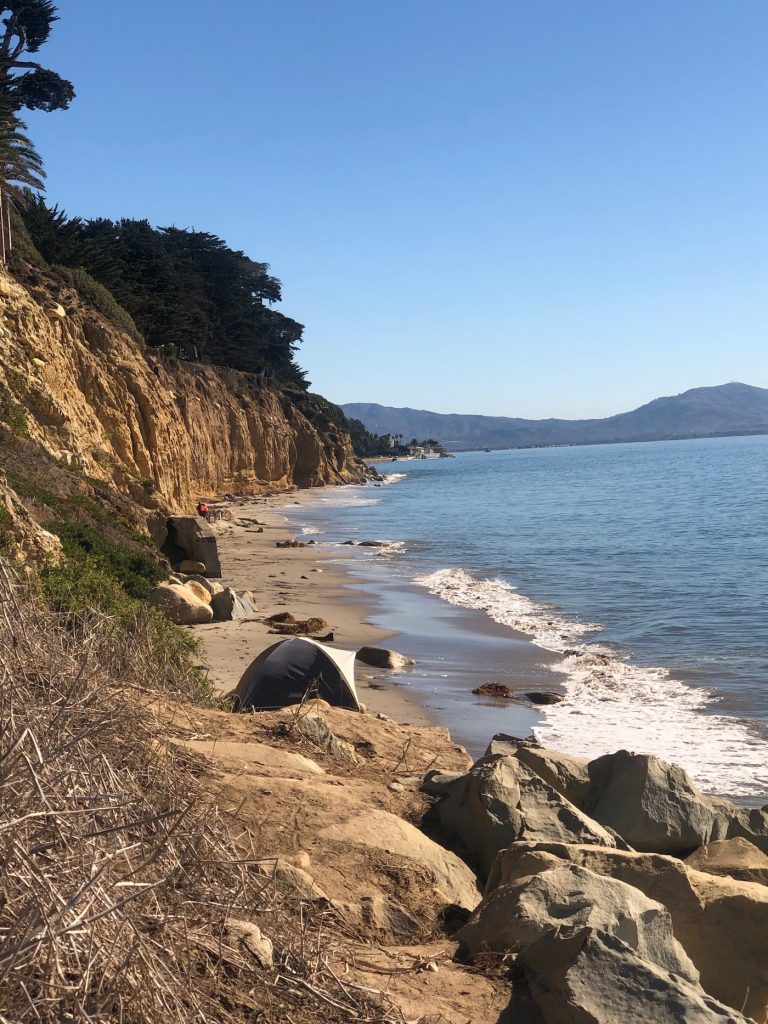
On arrival at the Montecito Association, I focused on disaster recovery and resilience efforts. Enormous strides were made by the Partnership for Resilience, led by Gwyn Lurie, to install six nets in the hills of Montecito to protect life and property. I wanted us to get fully behind that, debris basin expansion, the 101 Project, a Microgrid, the desalinization effort by Montecito Water District, and recycled water by the Montecito Sanitary District. I knew from Hurricane Maria that resilient infrastructure was key to keeping this community safe from future extreme weather events.
Our board, and new President Megan Orloff, had the same goal, and fully engaged. We published tools to monitor incoming storms, rainfall, creek flows, and debris basins so that our community could watch in real time. I would surveil the area after every storm, so neighbors knew how we were holding up. We partnered increasingly with Montecito Fire and Flood Control with Santa Barbara County. Every heavy rain forecast, we partnered with the Santa Barbara County Sheriff’s Department to notify everyone of evacuations, and when the orders would be lifted.
I met longtime Montecito resident Curtis Skene and knew his idea for the Randall Road Debris Basin was solid. We held hearings, solicited community donations, and supported the effort all the way to the federal level.
Mega fires and drought are in the headlines for the Western United States. Montecito is now in far better shape to navigate these challenges than it was pre-2017. The recent Loma Alta fire in Santa Barbara prompted us to offer our expertise to help the city prepare for the winter ahead. We know what comes after a hillside is denuded by fire, and then meets rain. Unlike Montecito, they have no warning system in place, no organized community in that area, and no understanding that they will be under threat of debris flows for up to five years minimum.
Building Community
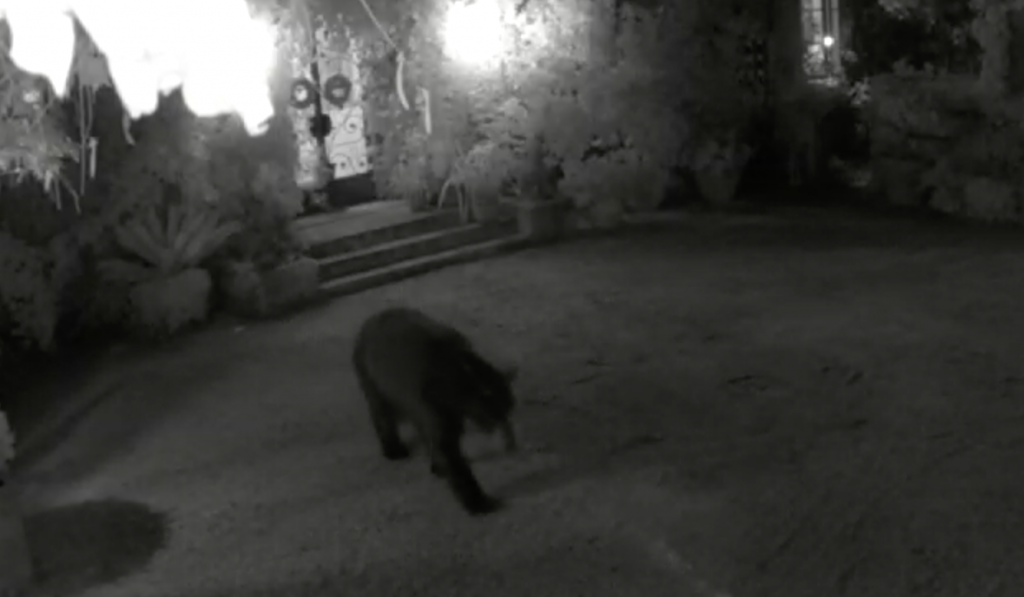
Disaster recovery necessitates serious community building, a sense that we are in this and stronger together. We already produce community-building events like the July 4th Parade and Beautification Day. In the pandemic, we pivoted in early March 2020 right back into disaster communications, keeping on top of how the pandemic was moving, how to best protect oneself, and we built a tightly-knit community in a virtual world. Unlike the natural disasters, the pandemic required staying at home. Our community, now hardened from disaster and evacuations, happily sheltered in place.
In this, we were way ahead of the rest of the world. Our population skews older, so our community was more vulnerable to COVID-19. When the vaccine distribution began, we found every available vaccine site and urged our community to get an appointment, even if it meant driving an hour or more. Registrations often shut down within an hour, and required tech skills, especially with smartphones, so we made appointments for members struggling with this. Montecito is one of the most heavily vaccinated communities in the county. We also shared registration notifications with friends in other communities, expanding the reach of information on this key resource.
Land Use and Transportation
These teams are cornerstones of the Montecito Association. In recent years, they’ve had to significantly scale in scope and breadth. With roundabouts, the 101 widening, debris basins, road and bridge repairs, they’ve had their hands full. Meetings are open to the public, and discussions are meaty and substantial. It’s an all-volunteer effort, and they ask questions that help shape large projects to be better and less impactful to the community. With so many massive infrastructure projects, as part of disaster recovery and resilience, the team has scaled impressively in capabilities.
Legislative Effort
All the Land Use policies carefully put in place by the Montecito Community Plan can be wiped out overnight by the California legislature. Beginning in 2018, the rhetoric coming out of Sacramento increasingly asserted that single-family zoning is racist in nature and must be dismantled. Senators have introduced bills allowing duplexes by-right, meaning no permits or oversight. They passed the sweeping ADU law that is being widely deployed in Montecito, sometimes to produce vacation rentals, block views, and abut a neighbor’s fence, destroying privacy. The ADU law allows all of this. We’re in the fight of our lives against bills allow up to 10-unit apartment buildings on a single-family lot, for example.
We formed a local team and joined statewide teams to fight off these bills. We’ve coached cities on holding town halls to push their legislators, and we’re in a Twitter war to pressure the governor. We hired our former state senator Hannah-Beth Jackson to help us navigate this terrain. We never thought we’d have to lead at the state level, but here we are. Our community has funded and supported this effort, and when we ask them to reach out to legislators to vote against these bills, they’re not shy. Sen. Monique Limón’s office received 3,000 public comments on these bills. Montecitans led that charge.
Hands Across Montecito
We created a humanitarian effort to help people living unsheltered in Montecito. Starting from 31 unsheltered people in September 2020, we’re down to four. A dedicated team of hands-on Montecitans is a huge reason this project has been successful. We have solid working relationships with Behavioral Wellness, Sheriff’s Department, and City Net to provide solutions. The community financially supports this project, so we can “skip the county queue” to provide fast solutions, like travel home to mom, a hotel room, a sober-living placement, and more.
Our remaining four cases take 80% of the team’s bandwidth, revealing that 10-15% of the unsheltered population will consume most of our resources. Their mental health and addiction problems could perhaps be solved, if they were willing to seek treatment. The law does not allow forcing them into treatment. We’ve met the Boise decision criteria in offering shelter and resources, and could legally now evict them from the community, but we continue to encourage them to accept treatment and come indoors.
This project is, like the infrastructure projects, on the forefront. Other communities are taking note of it.
History
This community has an incredibly rich history, and our History Committee has artifacts and the backstory on about anything you ever wanted to know. You can see the outlines of our future, but it’s always good to get in touch with how you got here, and the evolution of this area.
It’s All About Community
We know we have something special and beautiful here, and when the community gets engaged, well, amazing things can happen. We welcome you to join the Montecito Association and be part of all this incredible community has to offer at www.montecitoassociation.org.

